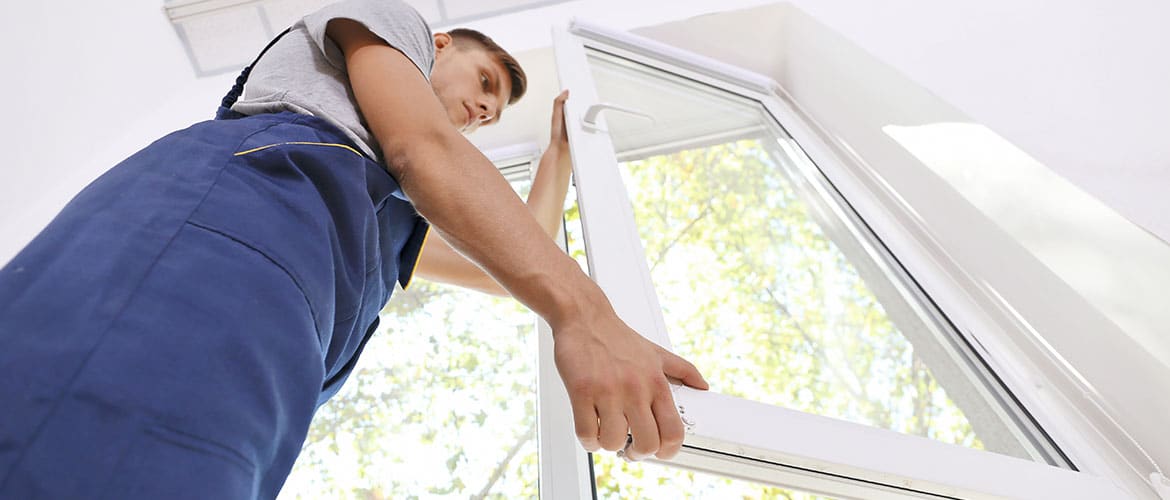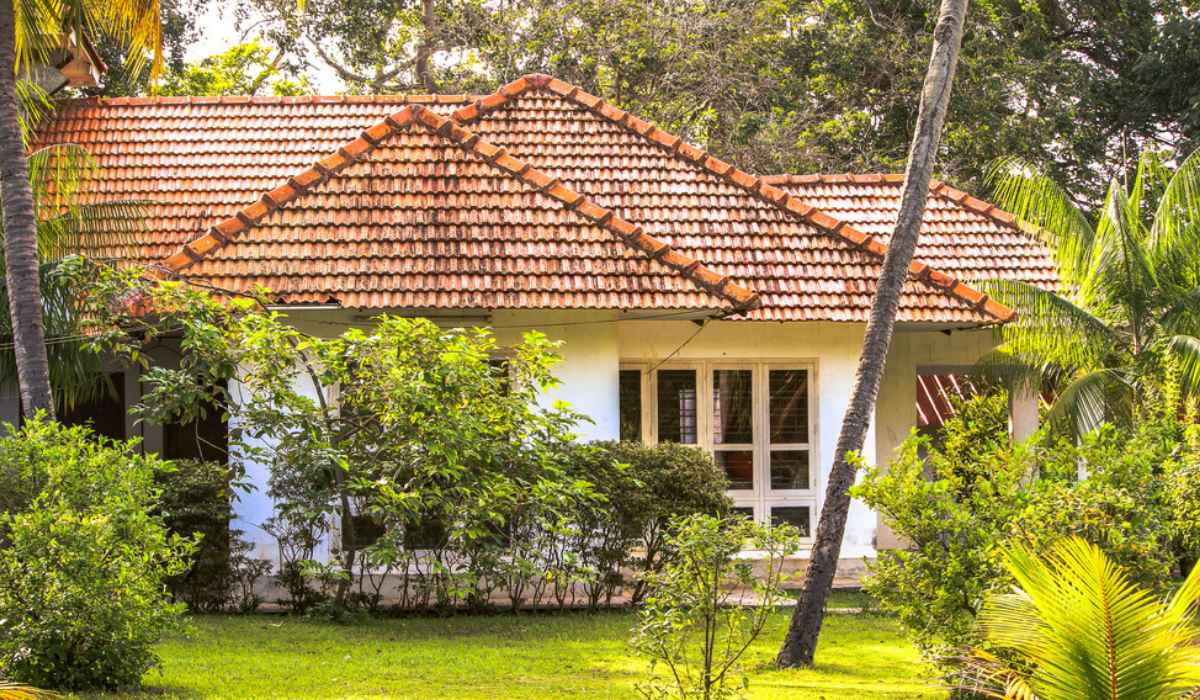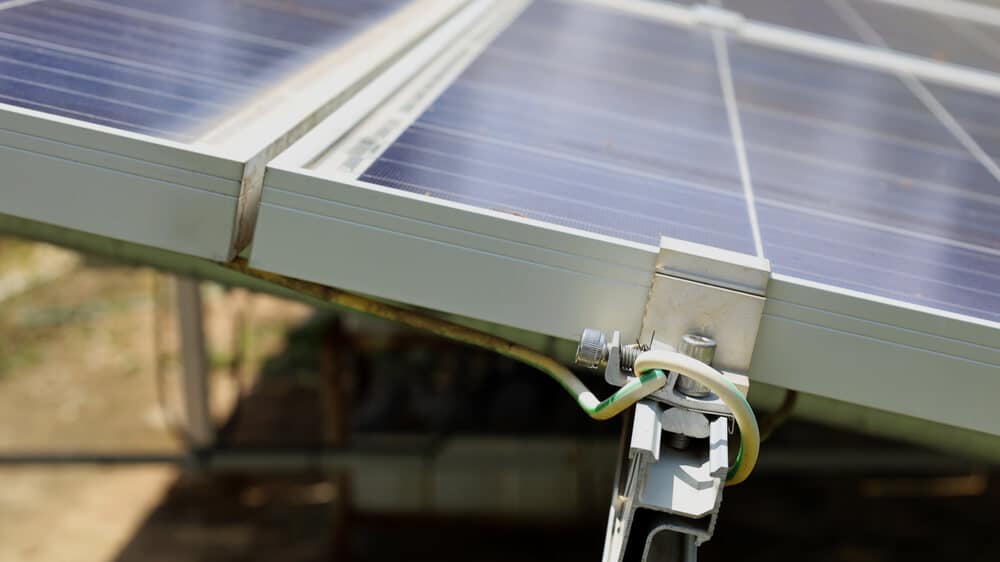Guide To What are Triple Glazed Units & Triple Panes?
Triple glazing windows can help create an energy-conscious home or reduce heating bills by saving on heating costs.
Low-E windows use two outer panes of glass coated with a Low-E coating to reflect heat back into the room, and between them is an inert gas like argon that helps retain heat within your property and decrease draftiness.

Low-E Coating
Windows that are triple glazed use a radical three panes of glass instead of the quotidian two glazings we often encounter on UK property. These are fit for creating an insulating air gap between them that makes heat loss harder while decreasing noise pollution.
It is worth noting the intricacies of triple glazing windows fitted by Replace Windows are especially beneficial in cold climates or north-facing homes where cold winds tend to blow in and keep warmth inside, creating more comfort for home dwellers. Plus, its impressive R-value can save up to 50% of energy over double glazing!
Low-E coatings are metallic surfaces designed to reflect infrared radiation and block heat transfer between your home’s interior and exterior spaces. They can be applied to single or multiple panes of glass with customised colours available to match the aesthetics of any given space while protecting from UV rays that cause fabrics, furniture, and flooring damage that fades or discolours over time.
Hard or soft coating options may be applied during production; alternatively, soft coating is applied off-line and sealed within IGUs for better energy efficiency. Hard-coat glass offers more durability but doesn’t achieve as low a U-factor as soft-coat applications do; Universal Windows Direct utilises soft-coat technology applied to pre-cut glass and prefers it because of its lower emissivity rate that makes it perfect for solar control; soft-coated glasses are the most frequently found on UK markets.
The position of the low-E coating is crucial to energy efficiency. In warmer climates that aim to maximise sunlight penetration, placing it on the inner pane (known in industry jargon as #2 or #3 surface) may be best, although some manufacturers only place it there out of concern about seal failure.
Spacer bars used between the panes of triple glazing units can have an enormous influence on their performance. Some use warm edge spacers, which aid the thermal efficiency of frames, while others utilise foamed spacers that prevent heat loss through bridging. Selecting an optimal spacer bar will ensure your units deliver outstanding performance.
Argon Filling
Argon gas is an eco-friendly, non-toxic, colourless gas that helps enhance the energy efficiency of triple-pane windows. Argon does not conduct heat easily like air does, making it more difficult for heat to escape through windows, convection, and thermal transfer. Furthermore, it is less reactive than oxygen to cause corrosion of metal components in windows, making triple glazing with argon filling an excellent choice for homes looking to save on their energy bills without compromising comfort.
Argon gas can not only reduce energy loss but can also help keep a home comfortable year-round by acting as insulation between seasons. Argon can add extra layers of protection for older windows that have been replaced, providing extra layers of insulation against heat gain in winter and cooling in summer. Furthermore, other noble gases such as xenon and krypton may be added to IGUs to boost the R-value of windows further.
Triple-glazed windows typically use three panes of glass sandwiched by inert gases such as argon or krypton for maximum insulation performance and may also include additional filler gases like argon and krypton for noise reduction and insulation purposes. This helps keep heat and cold from escaping the windows, as well as noise pollution, at bay. Typically, these gases are added between each window for optimal insulating performance, with spacing usually about 3/4ths of an inch between windows for the best insulating results.
When selecting an inert gas for windows, it is essential to take into account its individual application. Argon is the go-to gas as it offers an optimal balance between cost and performance; Krypton may even prove more efficient, although its higher price point may preclude its use by certain builders.
Long-term investment-wise, triple glazing with argon and low-e coatings can significantly lower a building’s energy costs. By reflecting radiant solar heat back into the house and slowing convection and thermal transfer flows, low-E coating and argon filling reduce the U-factor of triple-glazed windows, thus significantly cutting bills both summer and winter!
Warm Edge Spacer Bars
Warm edge spacer bars are small strips of plastic or metal that serve to separate panes of glass in sealed double- and triple-glazed units. Traditional aluminium spacer bars conduct heat and cold through gaps created between their panes of glass, decreasing energy efficiency and U-value ratings. In recent years, however, industry leaders such as SWISSPACER have begun moving away from aluminium in favour of warmer and higher-performing warm edge spacer bars like SWISSPACER.
Warm edge spacers are made of low-thermal conductivity materials that insulate the edges of sealed glass units to improve insulation and energy performance. Soon enough, UK building regulations may make warm-edge spacer bars standard features due to their increased energy efficiency.
Triple glazing comprises three panes of glass between the inner and outer frames that create two air spaces filled with inert gases such as argon or krypton for increased insulation properties compared with single or even double-glazed units. This increases their insulation value significantly compared to regular windows.
Robust glazings also help reduce noise transmission within the home, making them suitable for areas such as bedrooms or lounges where excessive noise could become an issue.
Triple glazing may cost more than its cheaper counterpart, but over time, it can save on energy costs while increasing the resale value of your home.
Triple-glazed windows offer significant cost-cutting potential when compared with single- or double-glazed options, offering savings of 30%–30% on heating bills and 50%–50% in cooling costs. In addition, triple-glazed windows offer increased security as vandals find it harder to break through them due to an additional pane of glass acting as a deterrent against intruders, making it more difficult for them to enter your home through windows.
Calculating the cost of triple glazing units requires comparing their costs against those of standard double-glazed units and A+-rated triple-glazed units with warm edge spacer bars; this can help you determine if it would be worthwhile to invest in such an upgrade for your home.
Glass Thickness
Triple-glazing windows can help reduce noise pollution in your home and save you money on electricity costs. There is an array of sizes and styles to choose from so that they match perfectly with your decor while increasing its value as well.
Triple glazing was specifically developed for regions experiencing cold weather conditions, like Scandinavia and Eastern Europe. This super-insulated window can be mounted onto window frames that are 120mm or deeper and are typically composed of wood but sometimes other materials like aluminium are also utilised for their frames.
Triple-glazed units boast larger insulating gaps than their double-glazed counterparts, which increases thermal performance and can help lower energy bills while keeping homes warmer. Triple-glazing windows may also help to decrease condensation, which contributes significantly to mould growth in homes. Although more costly, triple-glazed windows may help save money in terms of lower energy bills and warmer living environments, as well as decreased condensation levels that often lead to mould growth in houses.
Triple-glazing units are more effective at reducing sound transmission than their double counterparts and are recommended for those living in noisy or busy areas. Their extra panes of glass make it more challenging for noise to travel through them, which significantly enhances room comfort.
Triple-glazed windows not only reduce noise levels, but they can also shield the interiors of a home from UV radiation, which is vital as UV rays damage flooring, fabrics, and furniture. Protecting these interiors from UV radiation with triple-glazing windows can help prolong their lifespan while decreasing maintenance needs.
Triple-glazed windows use an inert gas such as argon or krypton to enhance thermal performance, creating an optimal 16-mm gap that allows the insulation gases to create an effective barrier against heat loss and reflect radiant heat back into the room.







